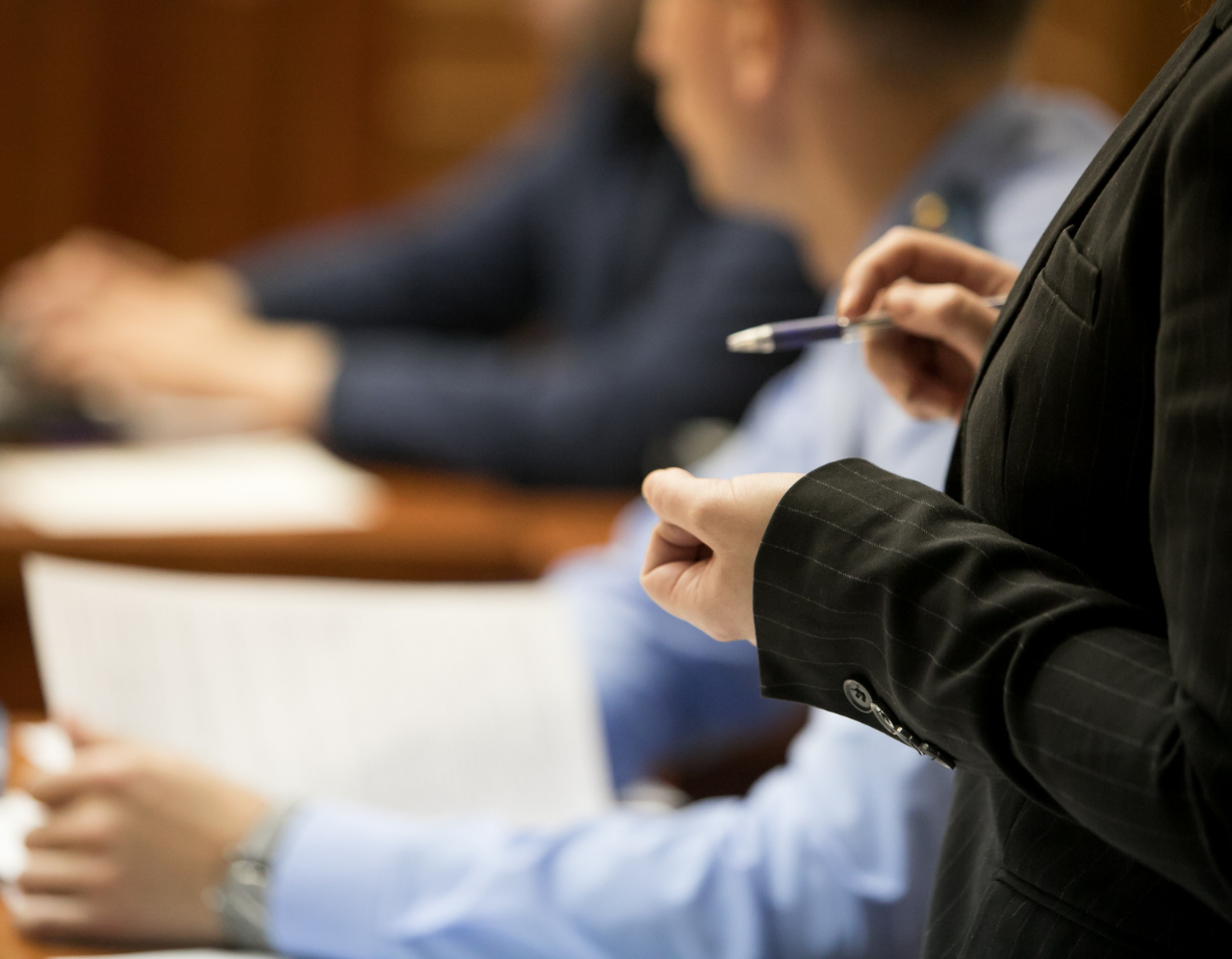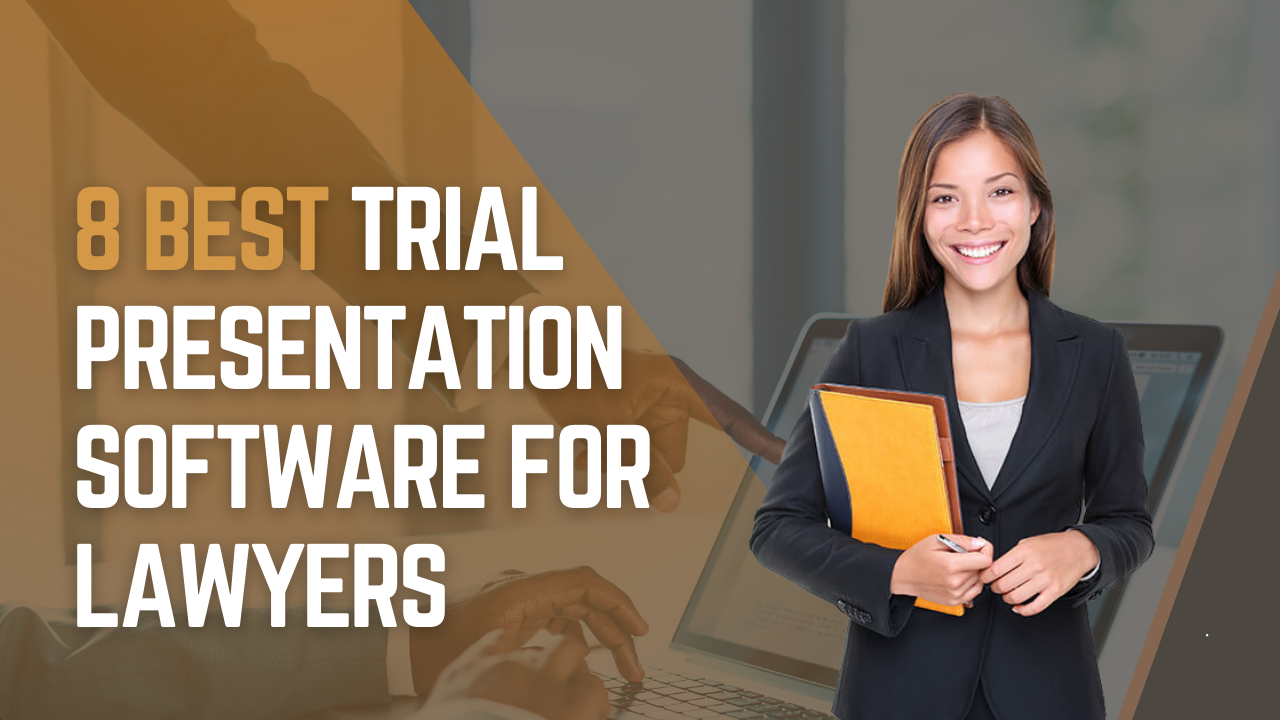Mastering the Art of Trial Presentations: Key Methods for Effective Lawful Arguments
Mastering the Art of Trial Presentations: Key Methods for Effective Lawful Arguments
Blog Article
Navigating the Complexities of Trial Presentations: Tips for Seamless Shipment and Engaging Disagreements
In the realm of legal process, the art of test presentation stands as a critical component of success. The intricacies integral in test discussions require a delicate balance of skill, strategy, and ability.

Understanding Test Purposes
To efficiently browse a trial, it is vital to have a clear understanding of the purposes that require to be attained. Before entering the court, lawful groups must define their objectives and wanted outcomes. These objectives act as directing concepts throughout the test, shaping approaches and influencing decision-making processes.
Recognizing trial goals involves a comprehensive evaluation of the instance, lawful criteria, and the client's ideal passions. Trial Presentations. It requires a thorough exam of the realities, recognizing key problems, and anticipating potential difficulties. By setting specific and quantifiable goals, lawyers can customize their presentations and disagreements to straighten with the desired outcomes
Moreover, a clear understanding of trial goals allows lawful teams to focus on evidence, witnesses, and legal arguments efficiently. It allows for the development of a systematic story that reverberates with the discretionary, reinforcing the total instance presentation.

Organizing Evidence Efficiently
Having a clear understanding of trial goals lays the structure for organizing evidence efficiently in legal procedures - Trial Presentations. By straightening the discussion of evidence with the wanted results of the trial, legal groups can reinforce their debates and enhance their persuasiveness. One critical aspect of organizing evidence is categorization. Organizing evidence based on styles or significance to particular lawful aspects can assist simplify the discussion and make complex information a lot more digestible for the court or jury.
One more key aspect in arranging evidence efficiently is developing a logical circulation. Providing evidence in a consecutive and meaningful way can aid develop a compelling story that sustains the lawful arguments being made. Additionally, utilizing visual aids such as charts, charts, or timelines can further boost the company of proof and help in making clear complex partnerships or series of events.
Moreover, making certain that all proof offered is acceptable and relevant to the case is vital. Pointless or inadmissible proof can interfere with the stamina of the debate and possibly damage the reliability of the here and now event. As a result, a meticulous testimonial and choice procedure should be carried out to consist of just the most legitimately sound and impactful evidence in the test presentation.
Crafting Influential Narratives
Crafting compelling narratives plays an essential function in offering convincing disagreements throughout legal proceedings. When creating a story for a test presentation, it is essential to establish a clear story that highlights key points and attaches them in a systematic fashion. By weaving together evidence, statement, and legal debates into a natural and influential narrative, legal experts can efficiently support for their clients and boost the chance of a beneficial result in the court room.
Understanding Visual Aids
Efficient usage of visual help is key to boosting the impact and quality of trial presentations. Aesthetic aids, when used purposefully, have the power to streamline complex information, enhance bottom lines, and leave an enduring impression on the discretionary. To understand aesthetic help in test presentations, it is critical to make sure that they are clear, concise, and pertinent to the debates being made.
When integrating visual help, such as charts, photographs, charts, or timelines, into a trial discussion, it is vital to maintain them aesthetically appealing yet expert. The visuals must enhance the verbal disagreements, supplying a visual depiction of the info being reviewed without frustrating the target market with unneeded details.
Moreover, exercising with the aesthetic help beforehand is critical to make certain a seamless shipment during the test. Acquainting oneself with the content, shifts, and timings of each aesthetic help can aid keep the you could try these out circulation of the discussion and stop technological problems that might emerge.
Delivering Impactful Closing Disagreements
An engaging closing argument functions as the culmination of a trial discussion, enveloping the core narrative and convincing the discretionary towards a favorable choice. To provide an impactful closing disagreement, it is essential to succinctly wrap up bottom lines, highlight the toughness of your case, and resolve any kind of weak points in a critical manner. Begin by outlining the main debates that support your customer's position, stressing why the proof presented throughout the test supports your narrative. It is vital to produce a sense of cohesion and clearness, guiding the discretionary in the direction of the desired final thought.
Additionally, including emotional allure can further strengthen your closing disagreement. By attaching and humanizing the instance on an individual degree with the decision-makers, you can stimulate empathy and understanding, affecting their understanding of the realities click now offered. In addition, restating the legal requirements that have to be fulfilled for a favorable judgment can reinforce the credibility of your position. Eventually, a well-crafted closing argument need to leave a long lasting impact, engaging the judge and court to rule in your client's support.
Verdict
In conclusion, understanding test discussions entails recognizing objectives, arranging proof, crafting narratives, making use of visual aids, and supplying impactful closing disagreements. By applying these approaches properly, lawyers can provide their case effortlessly and make engaging arguments in the court room. It is vital to navigate the intricacies of test discussions with precision and skill to achieve success in legal process.
By aligning the presentation of proof with the preferred outcomes of the test, legal teams can enhance their arguments and improve their persuasiveness (Trial Presentations). To master visual aids in test discussions, it is critical to make sure that they are clear, concise, and pertinent to the debates being made
A compelling closing argument offers as the culmination of a test presentation, enveloping the core narrative and encouraging the judge and court towards a beneficial decision. Begin by describing the primary arguments that support your client's directory placement, highlighting why the evidence offered throughout the trial sustains your story.In final thought, mastering test discussions entails comprehending objectives, arranging proof, crafting narratives, utilizing aesthetic help, and supplying impactful closing debates.
Report this page